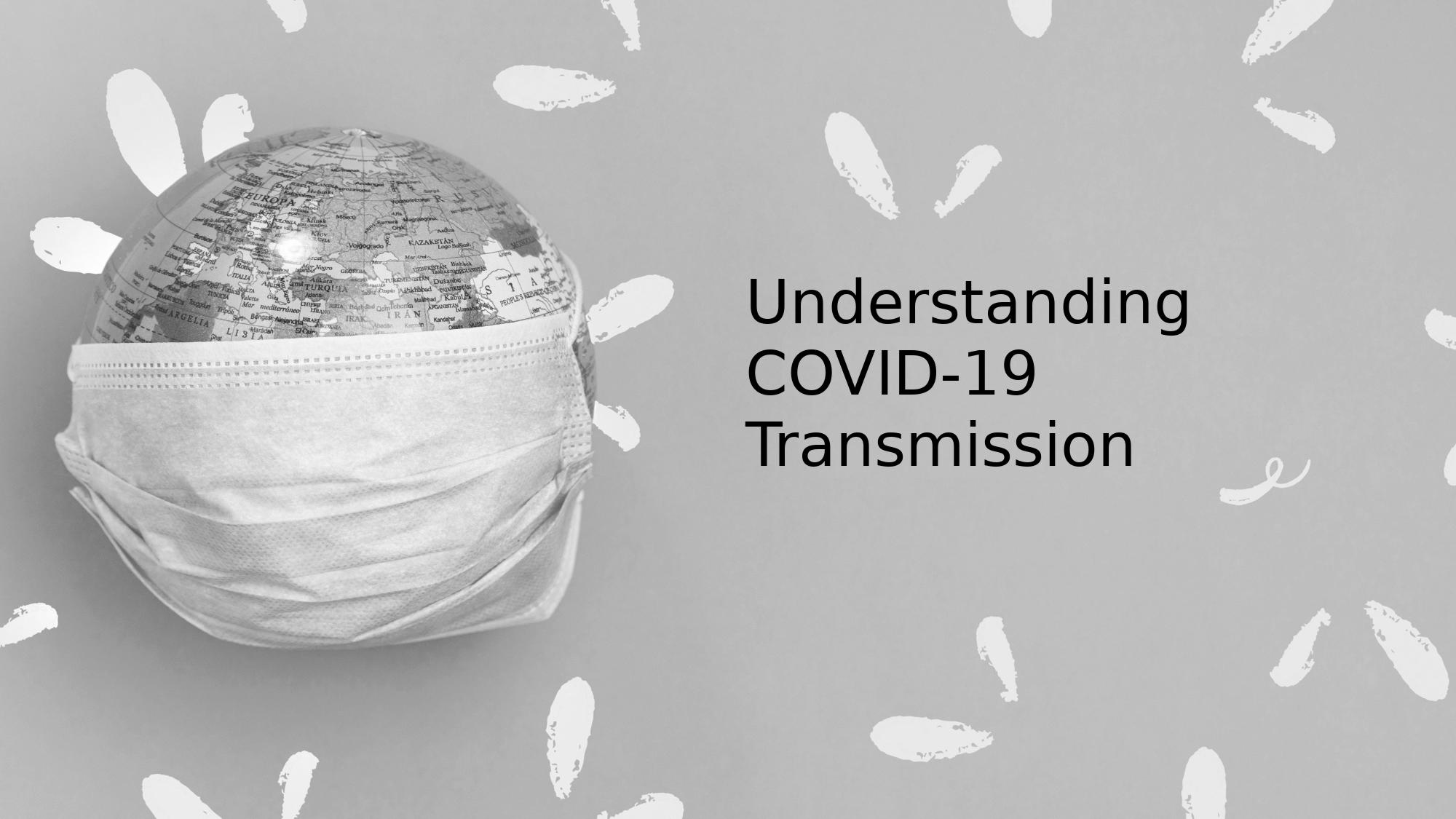COVID-19
“A primary route of transmission of COVID-19 is via respiratory particles, and it is known to be transmissible from presymptomatic, paucisymptomatic, and asymptomatic individuals. Reducing disease spread requires two things: limiting contacts of infected individuals via physical distancing and other measures and reducing the transmission probability per contact. The preponderance of evidence indicates that mask wearing reduces transmissibility per contact by reducing transmission of infected respiratory particles in both laboratory and clinical contexts. Public mask wearing is most effective at reducing spread of the virus when compliance is high. Given the current shortages of medical masks, we recommend the adoption of public cloth mask wearing, as an effective form of source control, in conjunction with existing hygiene, distancing, and contact tracing strategies. Because many respiratory particles become smaller due to evaporation, we recommend increasing focus on a previously overlooked aspect of mask usage: mask wearing by infectious people (“source control”) with benefits at the population level, rather than only mask wearing by susceptible people, such as health care workers, with focus on individual outcomes. We recommend that public officials and governments strongly encourage the use of widespread face masks in public, including the use of appropriate regulation.
Policy makers need urgent guidance on the use of masks by the general population as a tool in combating severe acute respiratory syndrome coronavirus 2 (SARS-CoV-2), the respiratory virus that causes COVID-19. Masks have been recommended as a potential tool to tackle the COVID-19 pandemic since the initial outbreak in China (1), although usage during the outbreak varied by time and location (2)… Globally, countries are grappling with translating the evidence of public mask wearing to their contexts. ….There is currently a global shortage of N95/FFP2 respirators and surgical masks for use in hospitals.” i
“A Chinese study found that the viral load in the upper respiratory tracts of infected people without symptoms can be just as high as those with symptoms, and simply talking and breathing can spread virus-laden droplets and aerosols. And because the virus resides in high amounts in the nose and throat, sneezing can spew an infectious cloud 10 or more times further than coughing.” ii
COVID/MASK ADVICE FROM HEALTHCARE PROFESSIONALS
Due to emerging coronavirus mutants, such as the UK and South Africa highly contagious varients, health experts are advising the public to upgrade their masks. European countries have begun suggesting people upgrade their masks to medical-grade.
Margaret M. Kwong, medical director at St. Michael’s hospital in Toronto says that it will take many months to vaccinate everyone willing to get the vaccine. “Just because you get the vaccine, you should still wear a mask because the vaccine is not perfect. Masks must meet foreign certification standards and are designed to filter out 95 percent of particles down to 0.3 microns in size. My recommedation is the Humask, which meets international certification standards, and is currently waiting FDA approval.”
i ‘An evidence review of face masks against covid-19’, Proceedings of the National Academy of Sciences of the United States of America (2021), Abstract.
ii Jane E. Brody, ‘Yes, You still need to wear a mask’, New York Times, Jan 25, 2021

